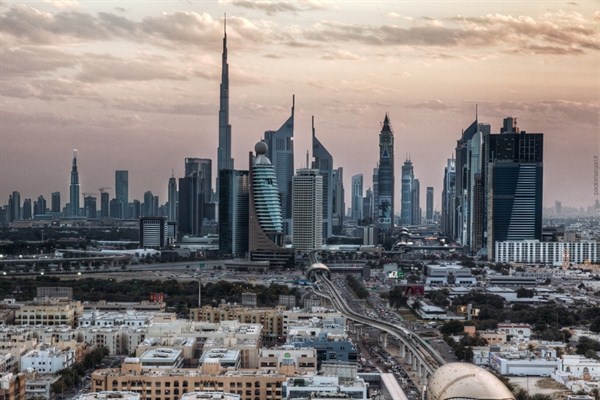Since launching the Gulf Cooperation Council in 1981, Saudi Arabia, Kuwait, Bahrain, Qatar, the United Arab Emirates and Oman have pursued dual and sometimes dueling objectives. Collectively the six countries profess to share the strategic goal of integrating their economic, security and even political policies. But individually, each of these relatively young states continues to place a high priority on forging and shoring up a national identity.
During my recent visit to the UAE for the second annual Emirates Policy Center Strategic Forum, the subtle tension between these regional and national goals was on display. While the forum was a showpiece for the foreign policy of the UAE, it often invoked the shared concerns and capabilities of the GCC as a collective, and experts from the other GCC states were active participants. Enduring concerns about Iran and extremism have for the most part brought the countries of the GCC closer together in recent years. But UAE officials do not shy away from expressing their particular point of view, naming Egypt and Saudi Arabia as the countries that are most vital to regional stability, and asserting a forceful, but not universally shared, hard-line position on political Islam. So while Saudi Arabia has softened its approach to the Muslim Brotherhood under King Salman in order to foster pan-Sunni solidarity, the UAE still considers political Islam in any form unacceptable, seeing it as a slippery slope that leads to extremism.
At the same time, the UAE is a very particular case of a small country on the rise, with seemingly unlimited resources to promote its “brand” and build a stronger sense of national identity and purpose. Its need to do so is in part driven by the UAE’s unusual circumstances. The indigenous population of about 2 million is a small fraction of the resident population of over 9 million. The rest are expatriate workers from a vast array of countries. American, European, Indian and Southeast Asian nationals dominate the workforce for all manner of labor requirements. While developed countries are largely engaged in capacity-building projects that are intended to eventually transfer skills and responsibility to the locals, demographic realities suggest that the UAE will remain dependent on foreign workers indefinitely, given the scale of the modern infrastructure they have built in a remarkably short time.

